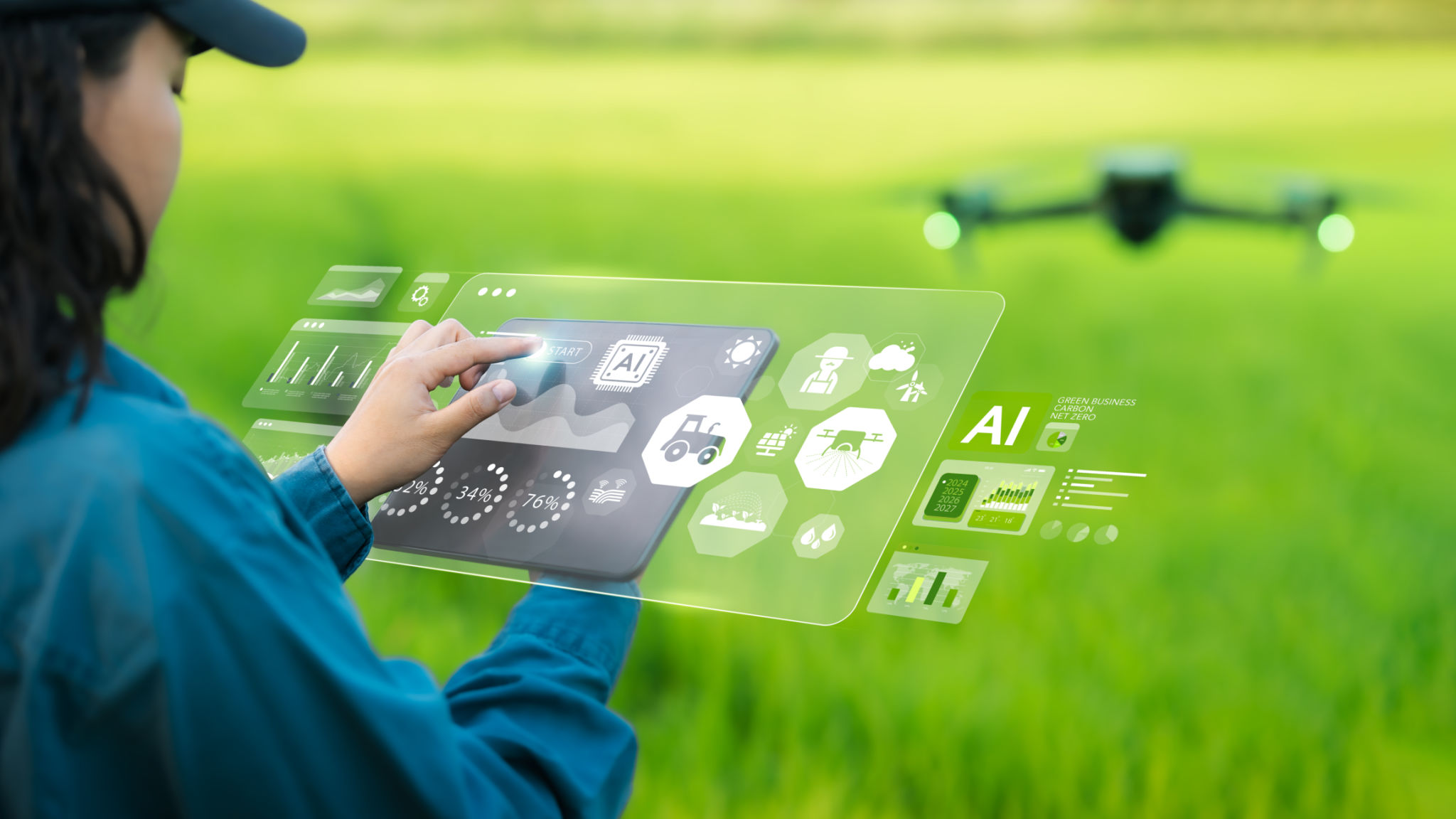Debunking Myths: Are Drone Inspections Really Cost-Effective?
The Rise of Drone Inspections
In recent years, drone inspections have gained significant traction across various industries, from construction to agriculture. The allure of drones lies in their ability to access hard-to-reach areas, reduce inspection time, and enhance data collection. However, a common question persists: Are drone inspections truly cost-effective? Let's explore this topic by debunking some prevalent myths.

Myth 1: Drones Are Expensive to Operate
One of the most common misconceptions about drone inspections is that they are expensive to operate. While the initial investment in high-quality drones and training can be substantial, the long-term savings often outweigh these costs. Drones reduce the need for scaffolding, lifts, and other traditional inspection equipment, which can be costly to rent and set up.
Moreover, drones can complete inspections in a fraction of the time it would take a human, translating into significant labor cost savings. By minimizing the time spent on site and reducing the number of personnel required, businesses can see a considerable reduction in overall inspection expenses.
Myth 2: Drones Are Not as Reliable as Human Inspections
Another myth is that drones cannot match the reliability of human inspections. On the contrary, drones are equipped with advanced sensors and cameras that provide detailed images and data that might be missed by the human eye. Additionally, drones can access areas that may be dangerous or impossible for humans to reach safely.

This enhanced capability means that drones often deliver more accurate and comprehensive inspection results. They can detect issues such as structural damage or heat leaks with precision, allowing for timely maintenance and preventing costly repairs down the line.
The Environmental Impact
Drones also offer environmental benefits by reducing the carbon footprint associated with traditional inspection methods. They require less fuel than vehicles or machinery used in conventional inspections and produce no emissions themselves. This makes them an environmentally friendly option for companies looking to improve their sustainability practices.
The Versatility of Drone Inspections
Beyond cost-effectiveness, drones bring unparalleled versatility to inspections. They can be used in diverse environments, from urban landscapes to remote rural areas. This adaptability allows companies to streamline their operations and optimize asset management across various locations.

Drones also support real-time data transmission, enabling stakeholders to make informed decisions quickly. This immediacy can be vital in industries where time-sensitive information directly affects safety and operational efficiency.
Conclusion: A Cost-Effective Future
In summary, while the upfront investment in drone technology may seem daunting, the long-term benefits in terms of cost savings, efficiency, and reliability make it a worthwhile consideration for businesses. As the technology continues to evolve, we can expect even greater advancements that will further enhance the cost-effectiveness of drone inspections.
Embracing drone technology not only positions companies at the forefront of innovation but also ensures they remain competitive in an ever-changing market landscape. By debunking these myths, it's clear that drone inspections are a viable and economical choice for modern businesses.
